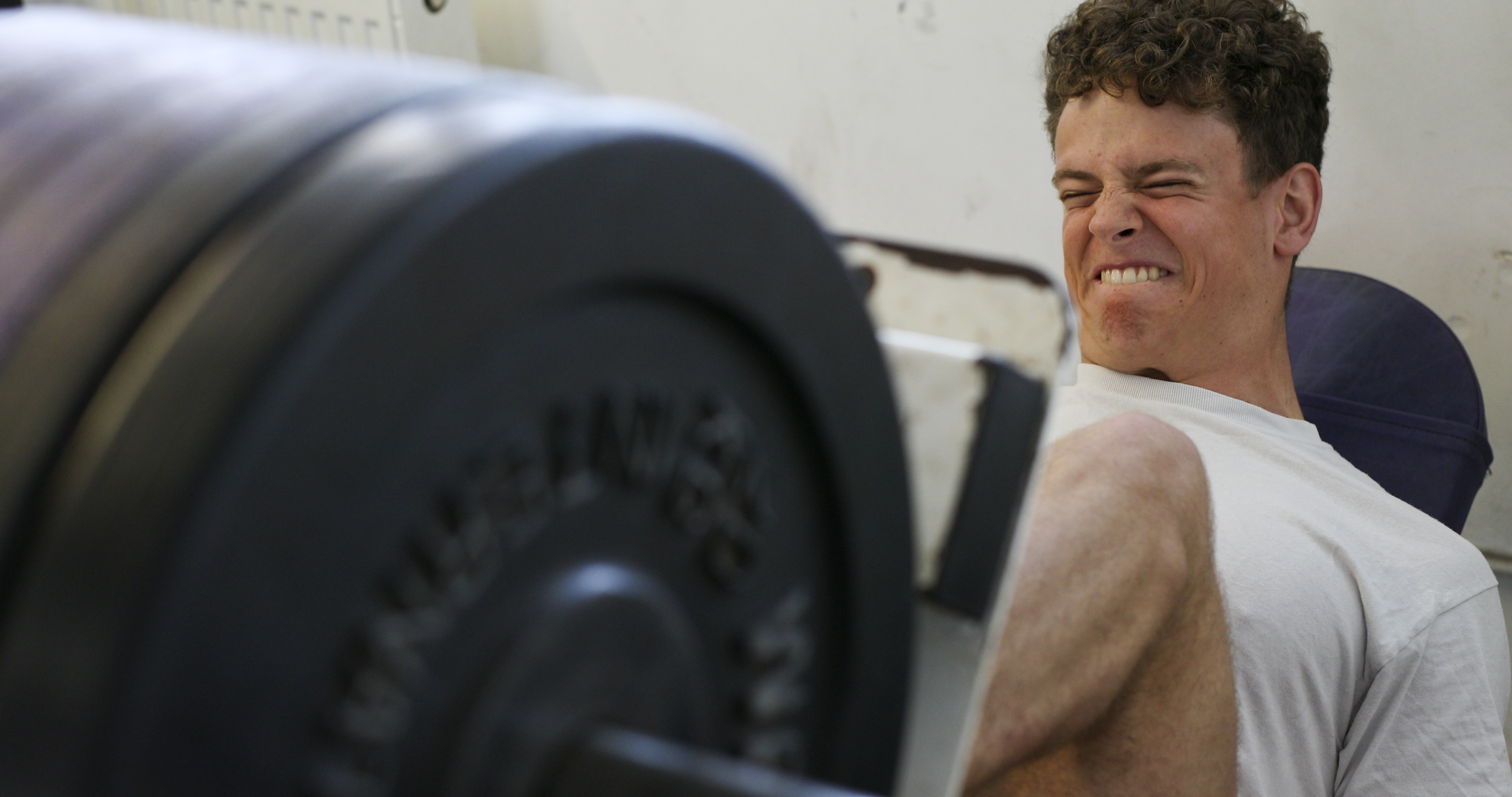How can strength & conditioning emphasize different strength qualities to improve performance?
This article provides a framework and recommendations for the coach and rower to address the aforementioned question. When constructing a training program, an analysis of the sport is performed to determine the needs and current capacity of the athletes.
To evaluate a rower’s capacity, a widely used and accepted method is to form a power profile on the Erg and gather data on the current power capacities and energy system development of the athlete.
The following Concept2 Ergometer tests provide the following information: 4 Day Test Series Table; modified from Rowing Faster
| Test Series | Stroke Rate | Test Focus |
| 1. 10s | Max | Muscle Power |
| 1. 60s | Max | Anaerobic Capacity |
| 1. 2km | 30-36 | Aerobic Power |
| 1. 6km | 26-28 | Aerobic Capacity |
| 1. 60 min | 22-24 | Anaerobic Capacity, endurance |
How strength qualities are represented in a 2000 meter race.
There are four strength motor qualities that need to be taken into consideration: (1) Maximal Strength (2) Explosive Strength (3) Starting Strength and (4) Accelerating Strength.
This quote from Dr. Yuri Verkoshansky’s book, “Special Strength Training Manual for Coaches” provides some context, “Basic strength capabilities are rarely displayed separately in sports movements. In a given key-movement, each strength capability may have specific relevance to obtain the highest working effect.”
The movement or technique of rowing does not change but we do have three distinct phases in a 2000 meter race:
1. Start
2. Body (Base Pace)
3. Sprint
One of the characteristics to assess in athletes and crews is which phases of the 2000m distance are potential weaknesses.
Are they slow out of the starting blocks? Are they able to maintain a base pace consistently through the middle 1k of the race or do they fall off? Do they have the ability to shift gears and be explosive at the end of the race?
All of the different phases of the race display the four qualities of strength motor qualities at various times and with greater/less emphasis.
The Primary Emphasis of Resistance Exercises Executed with Different Overload Weights, Repetitions, Number of Sets, and Different Rest Interval Durations. (2)
Note: The 6th column (highlighted in yellow), is to help rowing coaches and strength & conditioning coaches connect how these different strength qualities are represented in a 2000m race.
| Overload Weight (%1 RM) | Number of Repetitions (Approximate) | Number of Sets | Duration of Rest Interval | Direction of Training Effect (What can be obtained) | Phase of Race |
| 80-100 | 1-3 | 4-8 | 3-4 min | Maximal Strength and Explosive Strength expressed against external opposition | Start |
| 70-90 | 3-10 | 4-8 | 3-4 min | Explosive strength expressed against moderate (low-middle) external opposition | Body |
| 70-80 | 6-12 | 3-6 | 1-2 min | Maximal strength and hypertrophy | Start |
| 50-70 | 10-15 | 4-6 | 3-4 min | High Speed movement expressed against a great external opposition | Start |
| 50-70 | 20-40 | 2-4 | 45-90 sec | Local Muscular Endurance expressed against a great external opposition | Start |
| 30-60 | 30-50 | 2-4 | 45-90 sec | Local Muscular Endurance expressed against a moderate (low-middle) external opposition | Body and Sprint |
| 30-50 | 10-15 | 4-6 | 3-4 min | High Speed movements expressed against a low external opposition | Body and Sprint |
| 15-30 | 15-20 | 3-5 | 3-4 min | Rapid and frequent movements without overload | Body |
Maximal strength
Maximal strength is an important quality for the start of the race. Rowers need to generate high forces, the rowing shell is not moving, and they are working to overcome large amounts of resistance during this phase of the race. Typically when training a maximal strength movement you are training at or around 90% 1 RM. The load and force is high and speed of the movement with the bar is relatively slow.
Explosive Strength
Explosive strength is a quality important across all phases of the race. It represents the rower’s ability to achieve a maximal amount of force in the shortest amount of time.
Starting Strength
Starting Strength is a quality important for the start of the race and the sprint. This quality represents the rower’s ability to produce a rapid increase in force. So, increasing force from one stroke to the next – very important at the beginning of the race when you are getting the boat up to speed and at the end when you need to shift gears.
Accelerating Strength
In rowing, this quality is represented by the rower’s ability to produce force that matches the level of the external resistance. Once the boat has moved from a dead stop and up to base speed the ability to continue to move the boat must match and exceed the external resistance otherwise it slows down.
Improving race qualities in S&C
Throughout the macrocycle (calendar year) rowers may train the same patterns, squat and hip hinge, which are represented in lifts such as a barbell back squat and deadlift for example. As the year progresses, they must shift from a General Preparation Phase with a focus on general strength and hypertrophy to a Sports Specific Phase focusing on maximal and explosive strength. Finally, they must reach the Competitive Phase maintenance and peaking. The progression and emphasis of the lifts in the strength & conditioning program should mirror the focus of the rowing program during these different phases within the macrocycle.
To progress into the sport specific phase, a block of maximal strength work followed by a block of explosive strength work improves the rowers’ and crews’ ability to get off the line quickly. As they progress throughout the regatta season, the emphasis may shift to explosive strength exclusively for maintaining a powerful rhythm during the body of the race.
A chart from Dr. Verkoshanky’s book shows how the Barbell Squat can be trained to achieve these different effects. This may be used as a reference for training programs with rowers.
The training effects of the Barbell Squat executed in different ways (2)
| Direction of Training Effect | Muscle Relaxation Between Reps | Speed of Movements | Rate of Reps | Weight (% of RM) | Number of Repetitions Per Set | Number of Sets Per Series | Rest Between Sets | Number of Series | Rest Between Series |
| Maximum Strength without Hypertrophy | + | Low | Low | 90 | 2-3 | 2-3 | 4-6 minutes | – | – |
| Maximal Strength with Hypertrophy | – | Low | Low | 80 | 8-10 | 3-5 | From 2-3 to 4-5 minutes | – | – |
| 85-90 | Maximal with 2-3 movements of cheating | 2-3 | Free | – | – | ||||
| Explosive Strength | + | Maximal in the overcoming phase | Low | 60-80 | 2-3 | 4-6 minutes | 2-3 | 6-8 minutes | |
| High Speed Strength | + | Low | 30-50 | 2-4 | 3-4 minutes | 2-3 | 6-8 minutes | ||
| Strength Endurance | – | High | High | 50-60 | 4 | 4-6 minutes | – | – |
A special note of emphasis here: is it critical that the rowing coach and strength & conditioning coach communicate and review the training programs together
to balance the intensity and volume between the different parts of the training program. Strength & conditioning works to complement the training on the ergometer and in the rowing shell. Being mindful of the stress within each respective environment is paramount.
Prioritizing the different qualities to improve and emphasize is very individual to the athletes, crew, and coaches at hand. This article provides a framework to focus and align the training programs for rowers at any given point within the calendar year.
References
1. Nolte, Volker. Rowing Faster, 1st Edition. 2005. Print.
2. Verkhoshansky, Yuri. Verkhoshansky, Natalia. Special Strength Training Manual for Coaches. 2013. Print.
3. Siff, Mel.Verkhoshansky, Yuri, Supertraining. 2009. Print
View more content like this

Bill Barry - Olympic Medallist & World Class Rowing Coach chats in Crossy's Corner
LIVE at 1800 GMT on 2nd February 2022 Martin Cross will be interviewing the legendary Bill Barry, former coach to GBR’s Alan Campbell and now
Korzeniowski's Corner | Polish Rowing Coach Kris Korzeniowski returns to Crossy's Corner to continue the masterclass
LIVE at 1800 GMT on 2nd February 2022 Martin Cross will be interviewing the legendary Bill Barry, former coach to GBR’s Alan Campbell and now
6 Habits of Highly Successful Sports Coaches
Getting athletes to perform is all about having the correct behaviours. In order for athletes to have those behaviours they will need some guidance. It is




